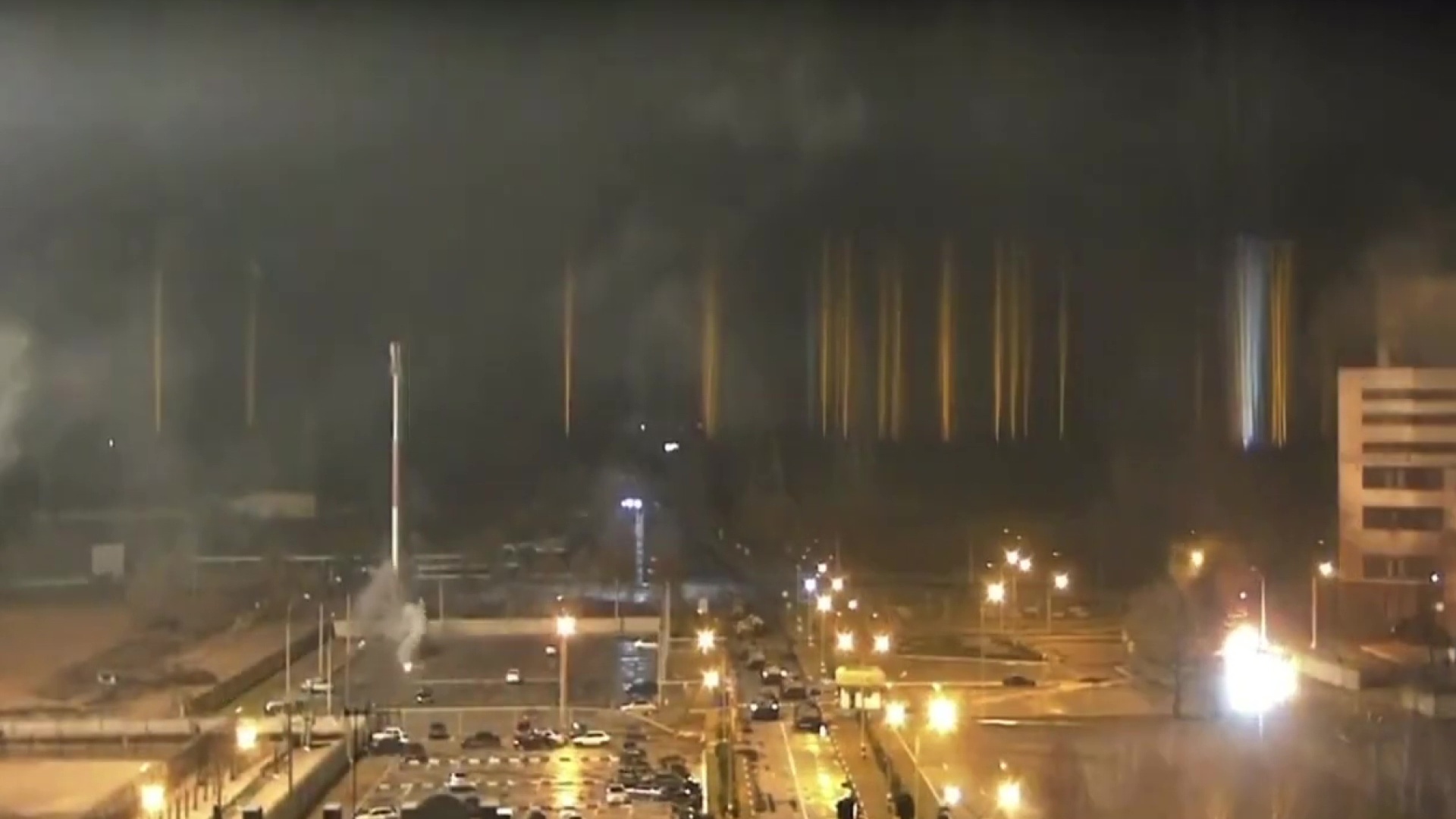After taking control of the Zaporizhzhia nuclear plant in Ukraine, Russia closed the electricity supply to the second largest country in Europe. Andrey Vladimir Shefchik, the head of administration designated by Russia, said: “The supply of electricity of this plant to Ukraine has been cut, but there is a regular supply to all” released “territories [captured] in eastern Ukraine.”
ABOUT ZAPORIZHZHIA NUCLEAR POWER PLANT
Traveling through eastern Ukraine, east of the war, India Today TV, the television team reached the most disputed infrastructure in Ukraine, the Zaporizhzhia nuclear energy plant. Located in southeastern Ukraine in the city of Enerhodar, on the shores of the Kakhovka reservoir on the Dnieper River, the plant is about 200 km from the Donbas disputed region and more than 550 km southeast of kyiv.
One of the most critical infrastructure, the nuclear energy plant is now under the control of Russian forces. However, it is said that Ukrainian officials and specialists who were used by Kyiv are handling the operations there.Previously, there were reports on whether Moscow had sent officials to the Zaporizhzhia nuclear power plant or not.
Reacting to these reports, the current chief of administration, Shefchik, said: “The operations and controls of the reactors, and the station are under the personnel who worked here by the Ukrainian authorities as before. It is working completely. Rosatom officials They are only providing technical support technicians. We are working with international organizations according to protocols. “
The Zaporizhzhia nuclear energy plant has six reactors, each that generates 950MW, and a total production of 5,700MW. Normally, it produces a fifth of Ukraine electricity and almost half of the energy generated by the country’s nuclear energy facilities.
ATTACK ON ZAPORIZHZHIA POWRE PLANT
In March several reports arose that stated that the Zaporizhzhia nuclear plant had suffered damage due to the heavy Russian bombing. However, it was the training center outside the installation that had suffered important damage.
The Ukrainian authorities had said that Russian bombing had caused a fire in a building in the plant complex, which was later published. Russia blamed the Ukrainian saboteators for the attack, describing it from a “monstrous provocation.””There has been no harm inside the energy plant. The only damage you have seen is at the entrance of the plant,” said Andrey Vladimir Shefchik.
Expressing concern, he said: “There is a threat to the station. Not long ago, the Ukrainians sent ‘kamikazee’ uavs [suicidal drones] to the construction of administration of the city and the plant itself. But the Russian forces took preventive measures and intercepted is. They could do it in the future. “
INSIDE ZAPORIZHZHIA POWER PLANT
When India Today’s team tried to enter the Zaporizhzhia energy plant, it did not see signs of damage to the six blocks in the facilities. But, due to security reasons, the team was not allowed to enter the facilities.An official said that the Ukrainians who operated the facilities were “non -cooperatives” and “hostile.”
While there were some locals who were cozy, many remained away from the media and some even shouted ‘Slava Ukraini’, which translates into ‘Gloria to Ukraine’. But, the Russians and the pro-ruso people were determined not to return to Russia. EnerhodarEnerhodar, like the other cities of Zaporizhzhia as Melitopol and Berdyonsk, is also looking at a referendum. From now on, the Ukrainians are parked on the banks of the North of the Dnieper River, while the areas in the south have been taken by the Russians. With the river in the middle, claiming this critical infrastructure has become difficult for the Ukrainians with every day that passes.
Russia launched a large -scale invasion of Ukraine on February 24 with the aim of “demilitarizing” and “Denazify” El País.

